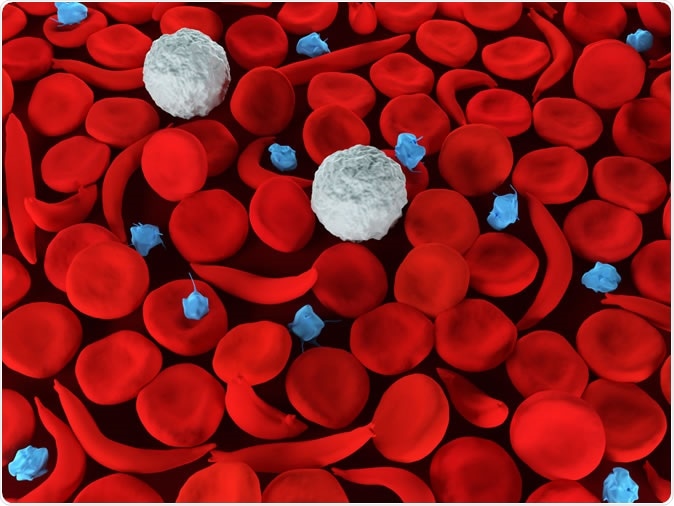
The program called the Sickle Cell Data Collection program or SCDC is at present functional in two states - California and Georgia. With the new funds coming in, nine states would be able to collect and send population based information on the health of persons living with sickle cell disease (SCD).
According to the CDC website, the funds would be used to collect information regarding the disease and also frame a plan to collect unique data and conduct in depth analysis. This analysis would also help in development of policies that target this population by understanding their needs and requirements, says the program plan on the CDC website.
Adm. Brett Giroir, M.D., Assistant Secretary for Health, Department of Health and Human Services, in a statement said, “HHS is committed to normalizing the lives of people living with sickle cell within 10 years. Expanding the Sickle Cell Data Collection program is a critical first step toward reaching this goal.”
According to the report the new funding will go to “Duke University (North Carolina), Georgia State University, University Foundation Inc. (Georgia), Indiana Hemophilia and Thrombosis Center (Indiana), Michigan Department of Health and Human Services (Michigan), Minnesota Department of Health (Minnesota), Public Health Institute (California), University of Alabama at Birmingham (Alabama), University of Tennessee Health Science Center (Tennessee), Virginia Department of Health (Virginia).”
These sites over the next year would collect health information from persons living with sickle cell disease and also develop strategies to address their needs and requirements. CDC Director Robert R. Redfield, M.D. said, “Data is vital to informing new treatments and clinical care that will improve the lives of people affected by sickle cell disease. This new funding expands CDC’s partner network across the country which will accelerate efforts to ensure sickle cell patients live longer and healthier lives.”
Last year President Trump had flagged off the Sickle Cell Disease and Other Heritable Blood Disorders Research, Surveillance, Prevention, and Treatment Act. Under this act, the government oversees a surveillance program across the nation and devises plans to prevent the onset of these heritable blood diseases.
The act mainly looks at three purposes;
- Collection and maintaining data on sickle cell disease health outcomes and public health activities for education. Training of healthcare professionals at local, community and national levels.
- Support provided to the local and state laboratories in detection and diagnosis of detect sickle cell disease.
- Evaluation of the evidence based practices that could help treat complications of sickle cell disease and prevent its occurrence.
The program is also set to map the areas where persons with sickle cell disease live and where their healthcare providers and facilities are. The SCDC would help children with the disease transition smoothly from paediatric to adult care. With better access to healthcare, persons with sickle cell disease are surviving to their older age.
This also means that a large population of the persons with SCD are older. The SCDC program would look at particular health needs of the older population and also look at the reason for deaths among these individuals. The CDC websites says that around 10 percent of population with sickle cell disease in the United States are Hispanic. Data from these individual populations would also provide vital information.
Information on sickle cell disease would be collected by the SCDC using newborn screening records, administrative databases from hospitals, emergencies and Medicaid, medical databases and death records. The SCDC follows earlier CDC ventures in the same field in form of Registry and Surveillance System for Hemoglobinopathies (RuSH) and Public Health Research, Epidemiology, and Surveillance for Hemoglobinopathies (PHRESH) during 2004 to 2008. The SCDC program will continue after RuSH and PHRESH with data gathered between 2004 and 2014 and then till date.
The CDC website states that healthy red blood cells or RBCs are round and this helps them to travel across different sizes of blood vessels easily. In sickle cell disease, the RBCs become crescent in shape and thus get stuck in smaller capillaries or blood vessels. This obstructs blood flow and leads to intense pain and end organ damage. Sickle cell disease affects about 100,000 Americans and is more common among Hispanics and those of African descent.






No comments
Post a Comment